U.S. Jobless Claims Remain Low, Showing No Sign Fed Has Cooled Demand for Labor
Lots of headlines about layoffs but no sign of significantly increased job loss in the claims data.

Lots of headlines about layoffs but no sign of significantly increased job loss in the claims data.

On Thursday’s broadcast of the Fox Business Network’s “Evening Edit,” Rep. Bruce Westerman (R-AR) reacted to jobless claims data showing that continuing unemployment claims hit their highest point since February by stating that this is a worrisome trend in the

A setback for the Fed or a foreshadowing of a soft-landing?

Both initial and continuing claims remain below historical averages, suggesting the labor market remains very tight.

Jobless claims fall below 200,000 despite the Fed’s efforts to tighten financial conditions.

Despite signs of weakening demand elsewhere in the economy, demand for labor remains extremely strong.

The state agency tasked with processing the influx of unemployment claims in 2020 brought on many workers who had previously been convicted of financial crimes, including embezzlement and identity theft, according to an audit report.
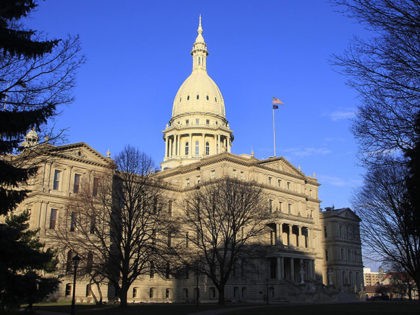
Layoffs pickup as new cases surge.
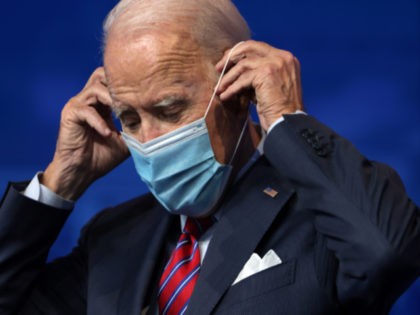
The historically low level of claims suggests that employers are reluctant to let go of workers in a very tight labor market. This could provoke further concerns about accelerating inflation.

The lowest level of layoffs in 52 years calls into question the wisdom of ramping up deficit spending and ongoing accommodative monetary policy.

The number of Americans filing new claims for unemployment benefits dipped to 326,000 in the week ended October 2, a decline of 38,000 from the previous week.

The end of enhanced and extended unemployment benefits saw a bigger than expected decline in applications for benefits.
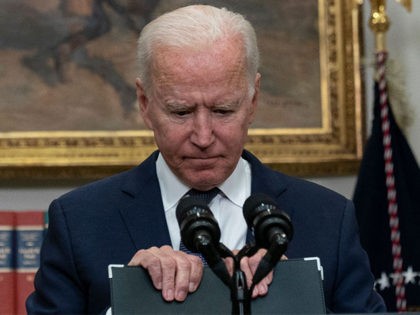
Economists had forecast 345,000 new claims.

Jobless claims—both new and ongoing—failed to make progress, highlighting how the economy appears to have slowed in August.
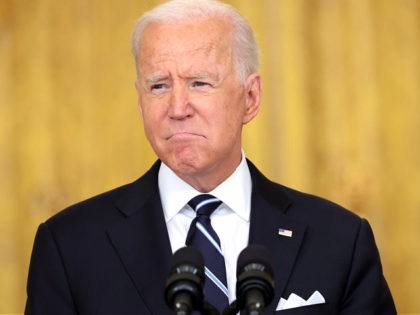
New claims for unemployment benefits fell to 400,000 in the week ended July 24, 24,000 below the upwardly revised figure for the previous week.
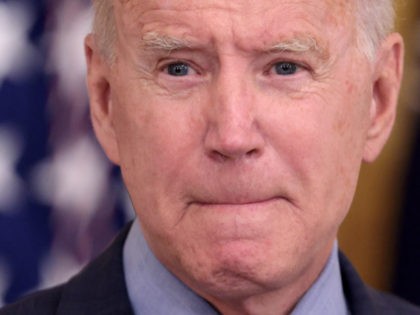
Economists had forecast 350,000 new claims, a decline of 10,000 from the previous week’s initial estimate of 360,000.

Both continuing claims and new claims declined in the most recent report, suggesting more Americans are getting back to work.
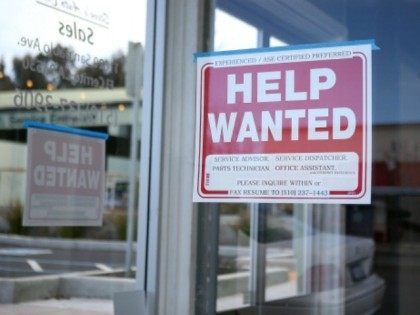
New claims for unemployment benefits rose last week, the Department of Labor said Thursday. Economists had expected a further decline.

New claims for unemployment benefits fell sharply last week, the Department of Labor said Thursday. Initial jobless claims declined to 364,000 for the week ended June 26, a decline of 51,000 from the previous week

The first rise in new jobless claims since April.

Yet more than 15 million Americans are collecting some form of unemployment, the most recent figures indicate.
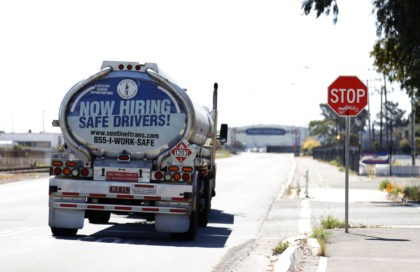
Economists had expected an uptick in claims to 450,000 from last week’s lower-than-expected 444,0000.

New jobless claims fell 34,000 to 444,000 for the week ended May 15th, data from the Department of Labor showed Thursday.
Economists had expected claims to fall to 460,000 from the initially reported 4730,000 in the prior week. The prior week was revised up to 478,000.

Economists had expected claims to fall to 475,000.

The progress on jobless claims may hurt the Biden administration’s efforts to pass an infrastructure bill, which it has dubbed a “jobs plan.”

Economists had expected claims to rise to 615,000.

Jobless claims once again unexpectedly rose last week.
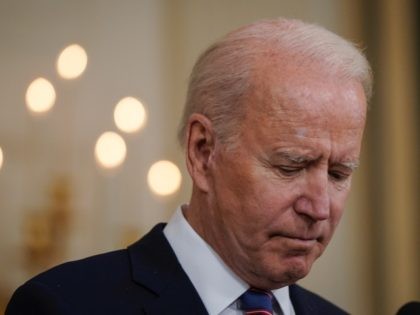
Job openings in the retail trade sector rose in February, according to data from the Department of Labor’s Job Openings and Labor Turnover Survey. In January, employers posted 793,000 help wanted notices. These rose to 817,000 in February.
But the number of hires actually fell in February, the second straight monthly decline.
In other words, the number of people retail businesses want to hire is rising. But the number of workers accepting jobs in retail trade is falling.
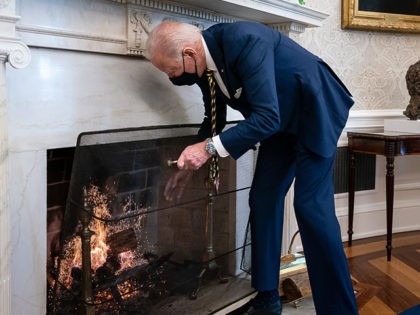
Economists had forecast 680,000.

If you look beneath the headline numbers, the total number of Americans claiming jobless benefits rose in early March.

New weekly jobless claims fell to 684,000 for the week that ended March 20, the Department of Labor said Thursday.
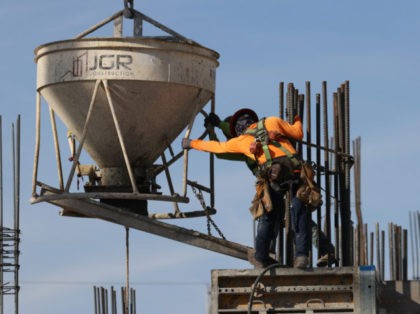
New weekly jobless claims rose to 770,000 for the week that ended March 13 the Department of Labor said Thursday.
Economists surveyed by Econoday had forecast a decline to 700,000.

Jobless claims were expected to fall to 725,000 in early March.

New weekly jobless claims rose to 745,000 for the week that ended February 27, the Department of Labor said Thursday.
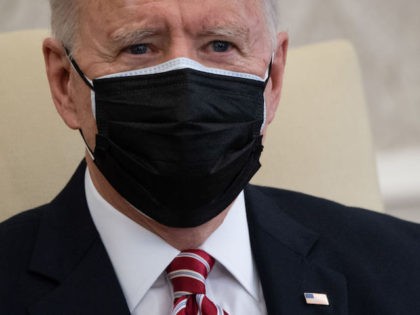
New weekly jobless claims unexpectedly rose by 13,000 to 861,000 in the week that ended February 13, the Department of Labor said Thursday.

Economists had expected a smaller dip.
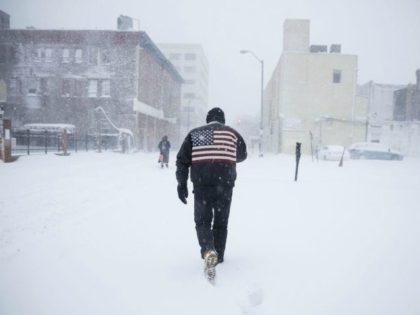
That is far above expectations for 800,000 claims.

The post-election resurgence in layoffs amid renewed lockdowns continues.

Jobless claims came in better than expected but still at an extremely elevated level.

More bad news for the labor market.
